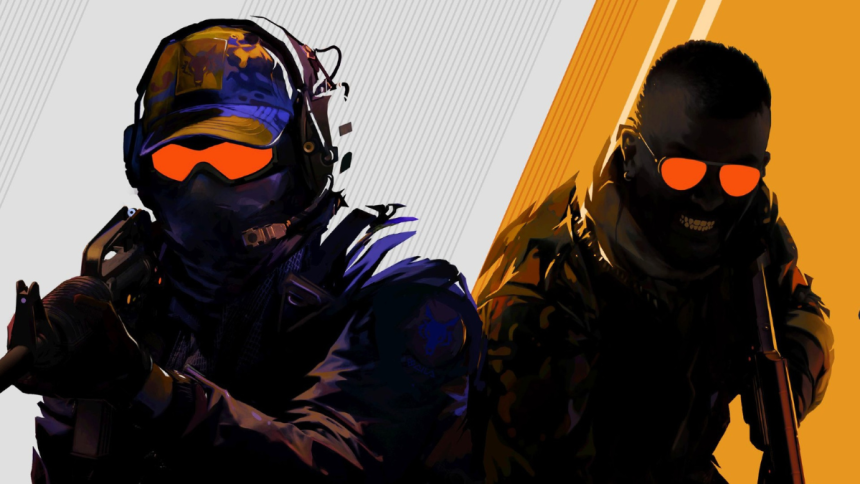Initially, when Valve first introduced cosmetic skins to CS:GO, they were only meant to be nothing more than a way to personalize weapons and give them a little flair. However, fast forward several years later, the world of CS:GO skins has become a huge economy, where players are using their virtual items for more than just showing off in-game. Let’s explore other ways players are using their CS:GO skins.
Skins Serve as a Status Symbol in CS:GO
In many gaming communities, CS:GO included, cosmetic items have essentially become badges of honor. Some of the rarest skins in the game, such as the AWP Dragon Lore or Karambit Fade, have become immediately recognizable by any CS:GO player.
When players see someone own such rare skins, they can immediately tell the player has either invested a lot of time, money, or both, into the game. These skins are often possessed by streamers and professional players, who flex their premium skins as more than just virtual items – they’ve become clout – just like designer sneakers or watches in the real world.
Trading and the Rise of the Skin Economy
Over the past decade, the trading scene in CS:GO has grown to a full-fledged economy, where the best traders have essentially made this their full-time jobs. What began as casual trades between friends has evolved into a market where players can make profit by flipping skins.
This thriving market features dedicated third-party platforms, price tracking tools, and entire communities where tens of thousands discuss their trades daily. Many players buy, hold, and sell skins like digital assets, with some even treating them as long-term investments, hoping for appreciation.
Today, it’s nothing special to see rare skins being sold for tens of thousands, and professional traders have memorized all the rare patterns and know how to negotiate deals just like collectors in traditional markets.
Gambling on CS:GO Games Where Skins Become Casino Chips
One of the most controversial, yet undeniably popular, uses of CS:GO skins is gambling. Many players now use their inventories as a virtual bankroll, where they can place wagers on various betting games using CS:GO skins as their casino chips.
There are your typical casino game modes like roulette, coinflip, or jackpot-style games, but the CS:GO community has implemented original modes like crash, mines, plinko, and more. There are platforms built specifically for gambling on CS:GO games, allowing players to turn their inventories into fortunes. Many of these platforms have even been licensed and regulated by official laws, ensuring they follow policies such as responsible gambling and fairness of games.
Alongside general gambling, skins have also become a form of currency for esports betting. Fans can place wagers on their favorite teams that are competing in prestigious CS:GO tournaments. Having something on the line makes matches more exciting to watch, creating an immersive experience, especially during large-scale events like ESL One or BLAST Premier.
Conclusion: Skins as Digital Assets, Not Just Cosmetics
In present time, CS:GO skins have evolved far beyond their original purpose. These items started as purely visual enhancements to make CS:GO more enjoyable to play, but now, people can make a living off of such items. Trading, collecting, gambling, and betting have expanded the CS:GO skin economy to allow for financial play and entertainment beyond the main game.
Whether used to climb social ladders and gain recognition, or to take calculated risks, skins are now a core part of the CS:GO culture, and the market is only increasing.
Lynn Martelli is an editor at Readability. She received her MFA in Creative Writing from Antioch University and has worked as an editor for over 10 years. Lynn has edited a wide variety of books, including fiction, non-fiction, memoirs, and more. In her free time, Lynn enjoys reading, writing, and spending time with her family and friends.















